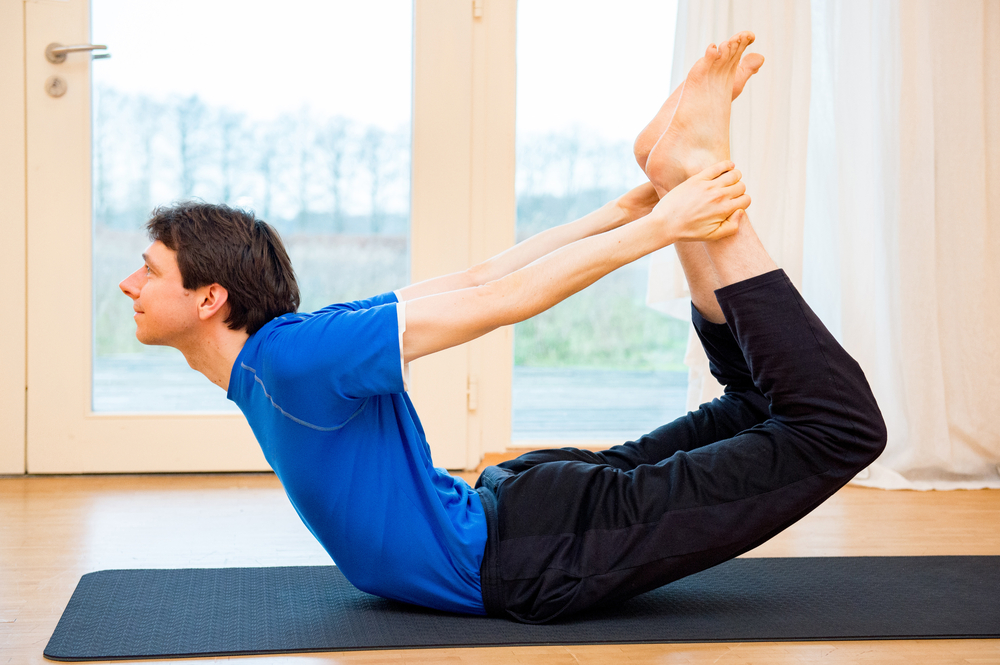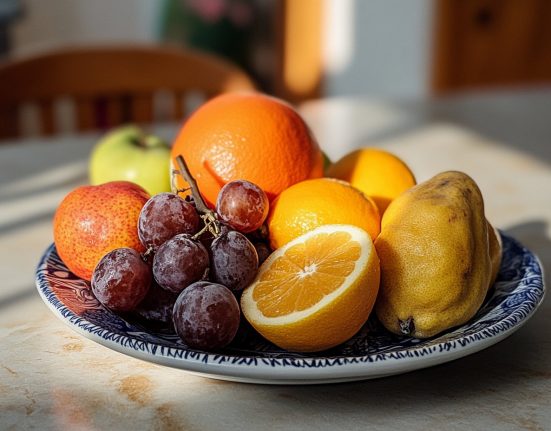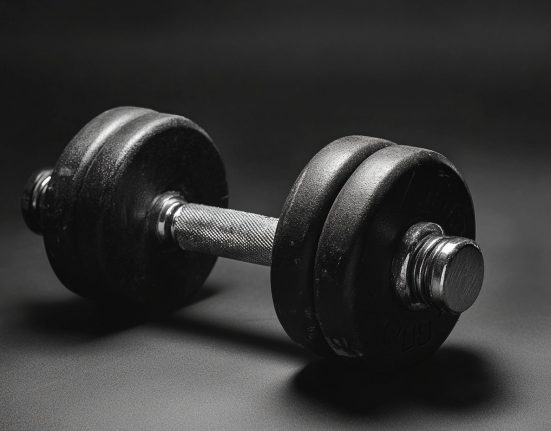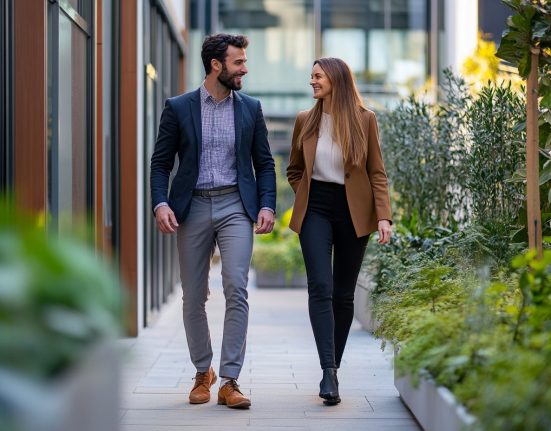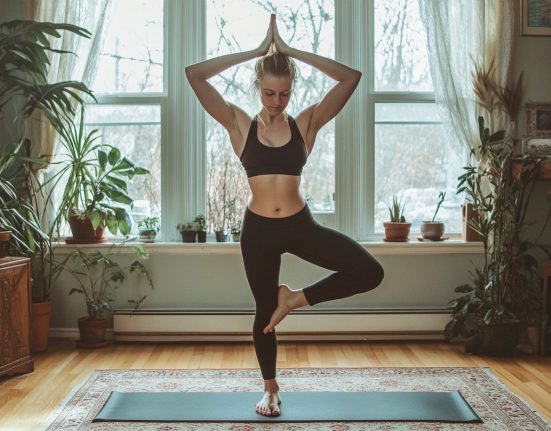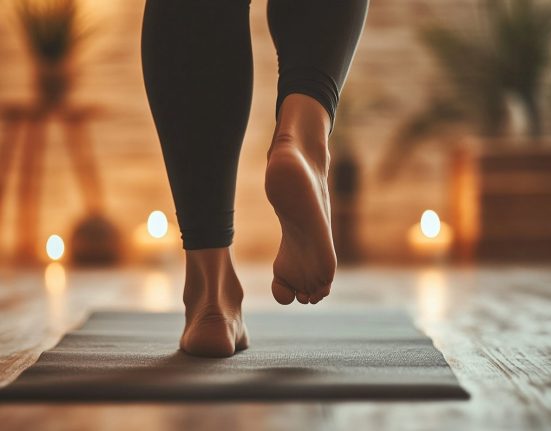Kids are like little contortionists, able to twist their bodies into odd and seemingly unnatural poses and positions. As we get older, however, that pro-level flexibility starts to fade as a result of age, prolonged sitting (thanks, desk jobs!), poor posture, and stress (ugh).
So, what if you want to get some of that lost flexibility back? Enter: yoga.
Yoga’s more than just “om,” “ahh,” and “exhale.” In addition to its many other benefits, yoga is one of the best ways to improve flexibility, since it can increase joint and muscle mobility and build muscle strength.
And the perks don’t stop there: Yoga is not only great for your physical well-being but also awesome for your mental health, helping to reduce the effects of stress and anxiety.
Best of all, you don’t need to be a certified yogi to benefit from the flex-abilities of yoga.
Why focus on flexibility?
Increasing your flexibility has a ton of benefits, including:
- Less muscle tension. When you stretch your muscles, you’re releasing tension and tightness, which makes movement easier.
- Less pain. Tense muscles are painful muscles. Better flexibility helps release tension, which can alleviate pressure and stress in areas like your neck, back, and shoulders.
- Lower stress. Less stress, you say? Sign us up! Releasing tension can help both your body and your mind feel more relaxed.
- Improved circulation. Flexibility can boost blood flow, and better blood flow can help with muscle recovery. It can also help you avoid that post-workout stiffness.
- Decreased risk of injury. When your muscles are stronger and more flexible, they become less susceptible to injuries.
- Better posture. Ever notice how you get all slouchy when your body feels tight and tense? Releasing this tension can help you sit up straight and ease the strain on your muscles.
- Wider range of motion. Better flexibility makes moving your joints much easier. Now, we’re not saying you’ll reach contortionist-level fluidity, but your normal movements will likely become more fluid.
Best yoga poses for flexibility
You can’t just become a yogi overnight, but there are plenty of in-person and online yoga classes that can help you develop a regular yoga practice to increase your flexibility. Try Vinyasa, Hatha, or Yin yoga to get started.
You can also ease into yoga by trying various poses at home. To help you get started, we’ve rounded up some of our fave flexibility-boosting moves below.
As with any yoga practice, flow at your own pace. It’s more important to feel the benefits of the poses than to push yourself to rush through them. Don’t let yourself get caught up in how you look — instead, focus on how the poses make your body feel.
Try to do each pose correctly to reap max benefits and avoid injury. Repeat the poses as often as you wish, but release out of a pose ASAP if you experience any pain.
1. Intense Side Stretch (Parsvottanasana)
This forward bend stretches your spine, legs, and hips and can work wonders for your balance, posture, and digestion.
Try it out:
- While standing, place your left foot in front of you, facing forward. Place right foot back, with toes turned out at a slight angle.
- Square your hips to face forward.
- Put hands on hips.
- Bend at hips, working to keep spine and neck long as you fold forward.
- Drop hands to the floor (or use a yoga block!).
- Hold the pose for 30 seconds to 1 minute, and then come back up to standing.
- Swap the positions of your feet (right foot forward now!) and repeat.
2. Head to Knee (Janu Sirsasana)
This pose is great for increasing flexibility in your hips, thighs, and back while also increasing blood flow in your lower abs and relieving stress.
Try it out:
- Sit on a yoga mat (the floor works too!) and extend your right leg forward.
- Bend your left knee out to the side, pressing left foot into right inner thigh.
- Breathe in and sit up tall as you raise your arms overhead.
- Breathe out and bend at hips as you fold forward toward right leg.
- Hold on to your outstretched foot or leg or place your hands on the floor.
- Remain in this pose for 1–2 minutes.
- Switch your legs to stretch the other side.
3. Cat-Cow (Bitilasana Marjaryasana)
Cat-Cow may seem like a funny name for a yoga pose, but its benefits are anything but. This purr-fect pose helps improve your mobility and boost flexibility in your neck, shoulders, spine, and core.
Try it out:
- Start on all fours, with wrists directly beneath shoulders and knees directly below hips.
- With your weight balanced evenly across your body, breathe in and let your belly drop toward the floor. Let tailbone, chest, and chin rise as belly moves downward.
- Breathe out and press into your hands as you round your spine upward. Tuck chin into chest as spine rises.
- Continue for 1 minute.
4. Bow Pose (Dhanurasana)
We spend a lot of time sitting (in front of our computers, during our daily commutes, or while watching our current fave TV show), and this pose is great for stretching the muscles we use when seated. It helps increase the flexibility of the muscles in your core, glutes, back, chest, and legs.
This is an intermediate pose, and you should skip it if you have any neck, shoulder, or back pain.
Try it out:
- Lie facedown and place your arms alongside your body.
- Bend knees so your feet float up. Hold the outsides of your ankles with your hands.
- Try to lift chest and shoulders off the floor, keeping head facing forward. (It’s A-OK if you can’t do this part — do only what’s comfortable for your body!)
- Take long, deep breaths and hold for up to 30 seconds.
- Release and repeat 1 or 2 times.
5. Low Lunge (Anjaneyasana)
Looking for a pose that can help open your hips, build muscle strength, and lengthen your spine? Look no further than the low lunge! This floor pose is perfect for any level and may even help relieve sciatica pain.
Try it out:
- Kneel on left knee while bending right knee and placing right foot flat in front of you.
- Lengthen up through your spine to the crown of your head.
- Raise arms and torso (or you can extend your arms to the sides, bringing them parallel to the floor).
- Slowly and gently push into your right hip.
- Hold for at least 30 seconds. As you hold, make sure right knee doesn’t push forward past ankle.
- Switch your legs and repeat on the other side.
6. Wide-Angle Seated Forward Bend (Upavistha Konasana)
Open up your hips and lower back with this feel-good forward fold. It’s also great for increasing the flexibility of your calves and hamstrings.
Try it out:
- While seated, open your legs as wide as you comfortably can. Make sure your toes are pointed toward the sky — if they’re pointing out, move your legs a bit closer together.
- Extend arms overhead.
- Fold forward from your hips and walk hands toward feet.
- Hold for 1–2 minutes.
7. Eye of the Needle Pose (Sucirandhrasana)
Eye of the Needle is “sew” (OK, bad dad joke…) great for opening up your hips, improving your posture, and stretching out your hamstrings and lower back.
Try it out:
- Lie faceup with knees bent and feet flat on the floor.
- Bring left knee to chest, then cross left ankle over your body to rest on right thigh.
- Lift right foot off the floor.
- “Thread” left hand through your legs, like threading a needle. Bring right hand behind right thigh to meet left hand.
- While keeping feet flexed, breathe out and bring right thigh toward chest.
- Hold for 30 seconds.
- Release and repeat on the other side.
8. Cow Face Pose (Gomukhasana)
Stretch out your arms, chest, and shoulders with this all-levels move.
Try it out:
- Sit in a comfy position, then lengthen your spine and open your chest.
- Reach left arm overhead, then bend arm to point fingers down along your spine.
- Place right hand on left elbow and gently draw it to the right while letting left hand move lower down your spine.
- If you’re looking to increase the intensity, try bending right arm upward along your spine to grab left hand. (This is a bit of an advanced step, so try it only if you’re comfortable!)
- Hold for at least 30 seconds.
- Switch arms and repeat on the other side.
9. Plow Pose (Halasana)
While it may look a little daunting, Plow Pose is primo for releasing tension in your shoulders, spine, and neck.
This is an intermediate pose, and you should skip it if you have any concerns about your neck, blood pressure, or digestion.
Try it out:
- Lie faceup and place your arms alongside your body. Press palms into the floor.
- Raise legs straight up, so your body forms a 90-degree angle, and bring your legs over your head.
- Place hands on lower back, with fingers facing upward and pinkies on either side of your spine.
- Hold for 1–2 minutes.
- Roll your spine back down to the floor to release.
10. Downward-Facing Dog (Adho Mukha Svanasana)
This popular pose delivers a super stretch to your hamstrings, calves, hands, feet, and arms.
Try it out:
- Start on all fours, with wrists under shoulders and knees under hips.
- Push hands into the floor and lift hips toward the sky, lengthening your legs so your body forms an inverted “V” shape. (If you’re just starting out, feel free to bend your knees. In time, you’ll become more flexible and be able to straighten those legs!)
- Let your spine lengthen as you hold the position.
- Hold for 30 seconds to 1 minute. Repeat.
11. Half Lord of the Fishes Pose (Ardha Matsyendrasana)
This intermediate-to-advanced pose will give your back, thighs, and glutes a great stretch and can also aid in digestion, improve posture, and strengthen your core.
Try it out:
- Sit on the floor with legs extended in front of you.
- Bend knees and place feet flat on the floor.
- Drop left knee to the floor and tuck left foot under right leg.
- Place right hand on the floor behind your hips.
- Breathe in while raising left arm overhead.
- Breathe out and twist to the right, hooking left hand — or elbow for a deeper stretch — to the outside of right thigh.
- Press hips down as you reach the crown of your head up to lengthen your spine.
- Hold for 5 breaths.
- Release and repeat on the other side.
When will I reach peak flexibility?
Honestly, there’s no real timeline for how soon you’ll start seeing a more flexible you. Results will depend on a variety of factors, including your age, how often you practice, and the intensity of your average yoga sesh.
The old adage rings true: Practice makes perfect. (But of course nobody’s perfect, so maybe it should be “Practice makes better.”) The more you regularly practice yoga, the more flexible you’ll become over time.
Play it safe
Ready to get flexible AF? Not so fast!
Before you dive into a yoga routine, keep these tips in mind to ensure you’re staying safe and not putting yourself at risk for injury:
- Take your time. Don’t try to force your body into a pose or rush yourself.
- Listen to your body. Yoga should make you feel good. Release a pose ASAP if you start to feel any pain or discomfort.
- Gradually increase the time you’re holding a pose. At first you’ll likely be able to hold a pose for 10–20 seconds — which is awesome! Over time, you’ll become more flexible and be able to hold poses longer.
It’s a good idea to speak with your healthcare provider or a certified yoga instructor before jumping into a yoga practice, especially if you:
- are taking any meds
- are pregnant or menstruating
- have an injury or pain (including sciatica)
- have asthma
- have either high or low blood pressure
- have respiratory or cardiovascular concerns
- have digestive probs



